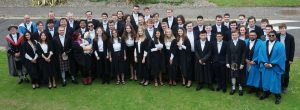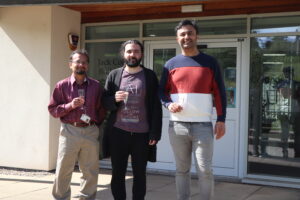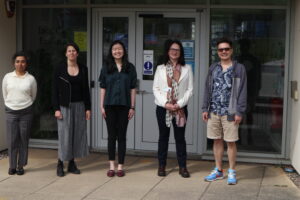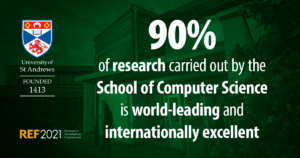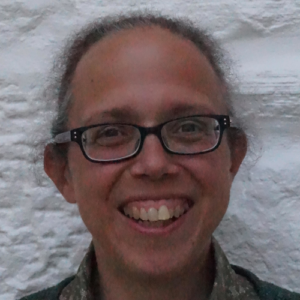Accelerating Research Software Understandability Through Knowledge Capture
Summary: Research Software is key to understand, reproduce and reuse existing work in many disciplines, ranging from Geosciences to Astronomy or Artificial Intelligence. However, research software is usually difficult to find, reuse, compare and understand due to its disconnected documentation (dispersed in manuals, readme files, web sites, and code comments) and a lack of structured metadata to describe it. These problems affect not only researchers, but also students who aim to compare published findings and policy makers seeking clarity on a scientific result. In this talk I will present the main research challenges and our recent efforts towards facilitating software understanding by automatically capturing Knowledge Graphs from software documentation and code.
Short bio: Dr. Daniel Garijo Verdejo is a Distinguished Researcher at the Ontology Engineering Group of Universidad Politécnica de Madrid (UPM). Previously, he held a Research Computer Scientist position at the Information Sciences Institute of the University of Southern California, in Los Angeles. Daniel’s research activities focus on e-Science and Knowledge Capture, specifically on how to increase the understandability of research software and scientific workflows by creating Knowledge Graph from their documentation and provenance (i.e., steps, outputs, inputs, intermediate results).
For this talk we will use a hybrid approach: In person (Jack Cole, 1.33) and online, via Teams.
If you wish to attend it would be helpful if you could register on eventbrite to let us know if you intend to attend in person or online
All Welcome!


